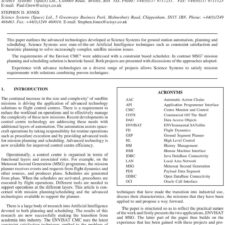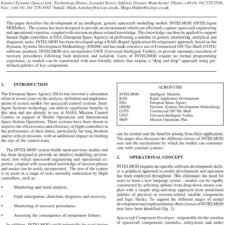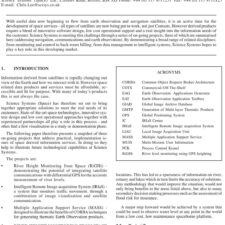Solar Radiation and the Beryllium Hollow-Body Sail – 2. Diffusion, Recombination and Erosion Processes
£5.00
R. Ya. Kezerashvili; G. L. Matloff (2008), JBIS, 61, 47-57
Refcode: 2008.61.47
Keywords: Solar radiation, solar sails, electric sails, space environment, interaction with photons, electrons, protons and solar wind plasma
Abstract:
This paper continues our study of space-environment effects upon a beryllium hollow-body solar-photon sail unfurled at a 0.05 AU perihelion from an initially parabolic solar orbit. Effects considered include hydrogen diffusion through the beryllium sail walls, recombination of UV-ionized sail beryllium ions, possible application of the two sail configurations considered as electric sails, electrostatic pressure, and sail erosion by impinging solar-wind protons. It is demonstrated that the smaller of the two sail configurations probably fails at elevated perihelion temperatures due to hydrogen diffusion. Although a positive charge produced due to ionization by solar UV will always exist on the sail, its utility as an electric sail is doubtful. Electrostatic pressure caused by the electrically charged sail’s electric field may require mitigation at small perihelion distances since beryllium’s tensile strength decreases with elevated temperature. Erosion, which was examined using arguments from solid-state physics and nuclear-fusion technology, is not a major problem during the short duration perihelion pass.





